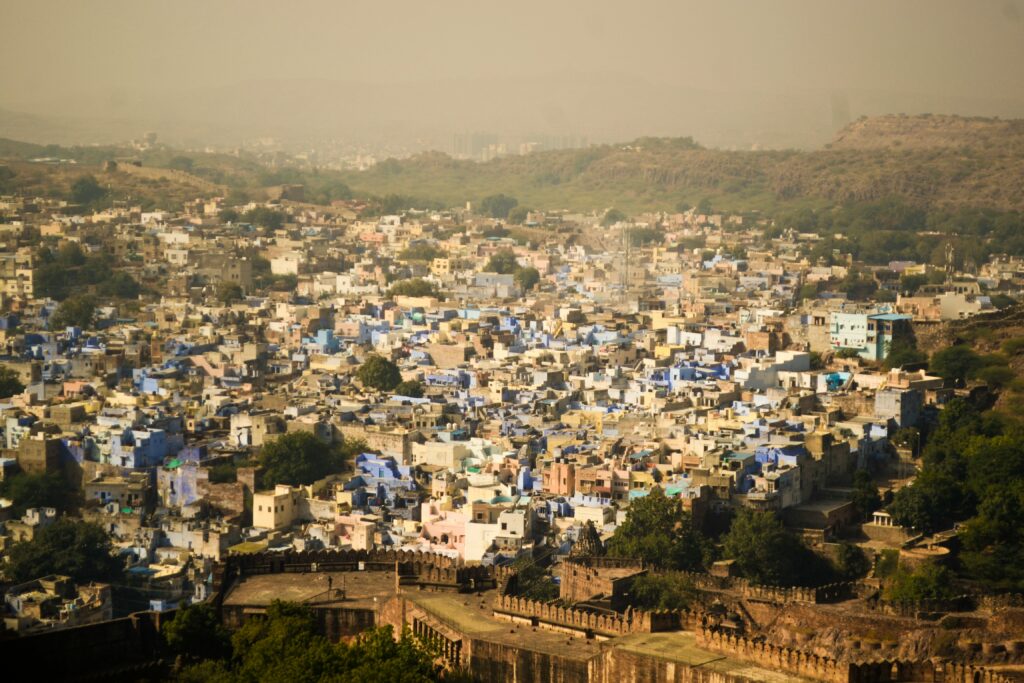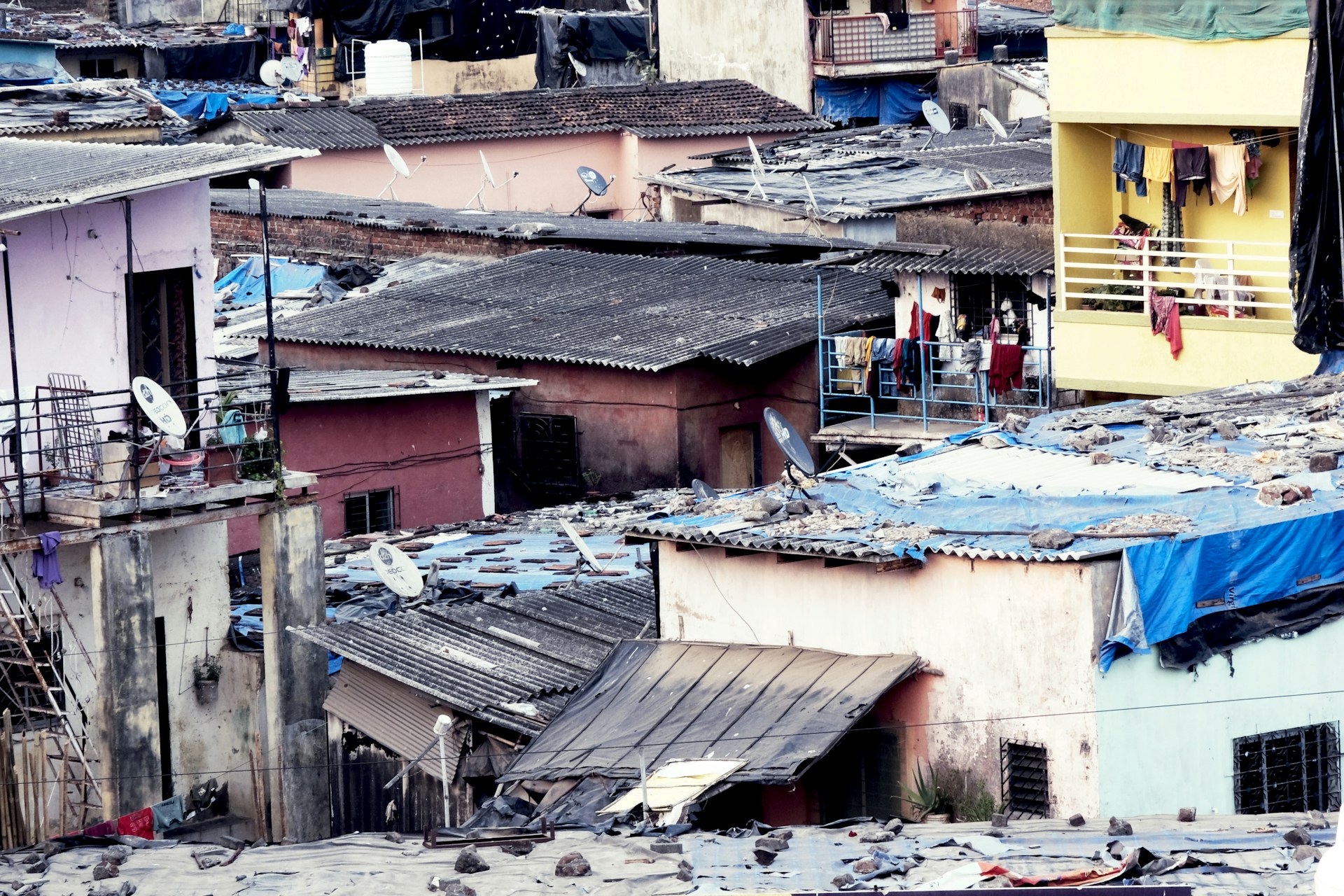Rural Housing in India: An Overview of Problems and Solutions
In India, almost three-quarters of the population lives in rural areas. The housing needs of people in these areas are largely unmet.
In 2011, the Planning Commission set up a Task Force on Rural Housing in India for the Twelfth Five Year Plan to provide a perspective and approach to rural housing.
The task force report begins by setting out the vision for rural housing provided by the Department of Rural Development.
Shelter is a basic need along with food and clothing for human sustenance.
Enough shelter for everyone in the household is a prerequisite for a healthy life in every society.
The house provides significant economic security and position in society.
Universal Declaration of Human Rights, 1948 by the United Nations Recognizes the need for housing together with food, clothing, medical care, etc. as a right to a standard of living necessary for health and the well-being of all.
The United Nations and its agencies including the World Health Organization United Nations Human Settlements (UN-Habitat) and the UN Commission on Human Rights The International Labor Organization considers access to adequate housing an integral part of the fulfillment of other basic human rights (UN-2009).
In 2011, the Planning Commission established the Rural Housing in India Working Group for the Twelfth Five-Year Plan to provide a perspective and approach to rural housing.
Message about the task force begins by noting the vision of rural housing in India by the Department for Rural Affairs Development.
The aim of the thesis is to point out the seriousness of the housing problem in India in general and in it especially the countryside and highlight the government’s steps to solve it.
Also Read: Rural housing: challenges, opportunities and solutions

